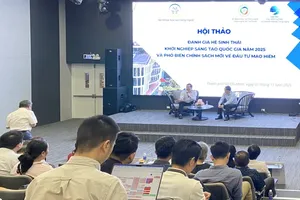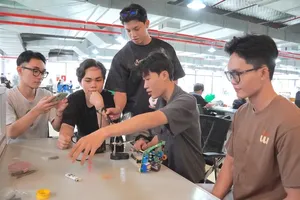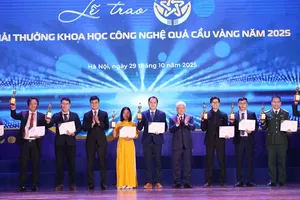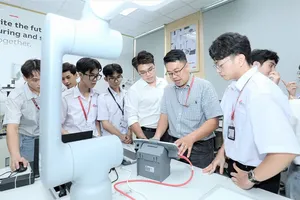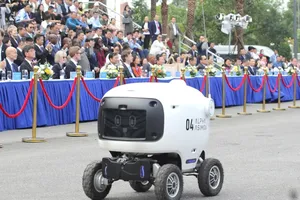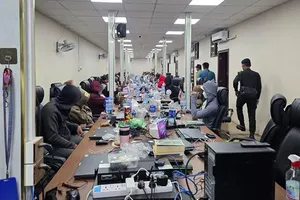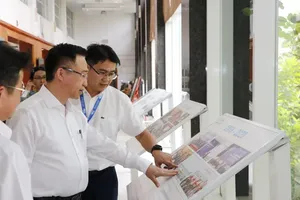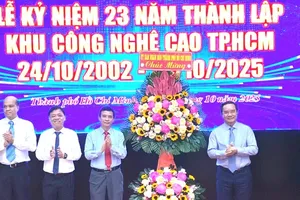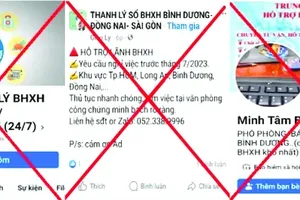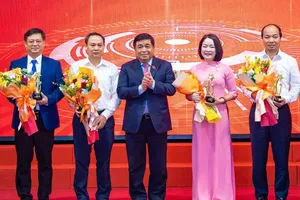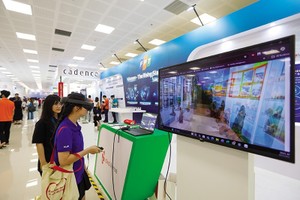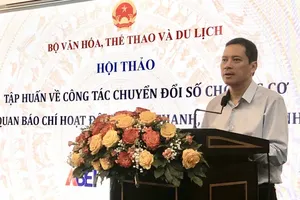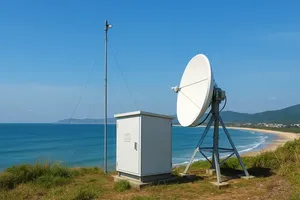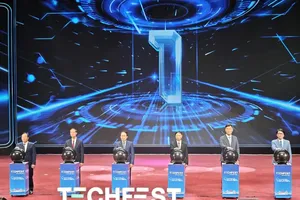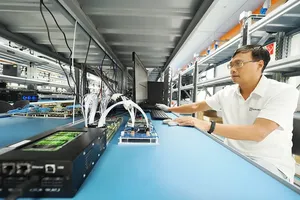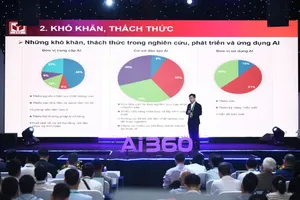Upgrades on the Ha Noi Irradiation Center are expected to pave the way for more Vietnamese fruit, particularly those from the northern region, to reach overseas consumers.
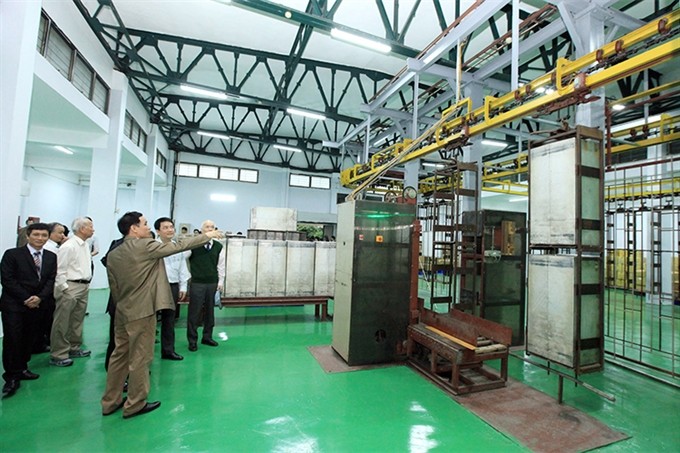
Director of the Center Đặng Quang Thiệu said the upgrade was approved last year, with funding of some VNĐ20 billion (US$896,400).
Previously, the centre, founded in 1986 under the Việt Nam Atomic Energy Institute, could irradiate some agricultural products such as onions, garlic and dried medicinal herbs, but it operated on a small scale and not professionally.
The upgrades, which include adding a 200sq.m freezer storage unit, modern irradiation equipment and other technology, will allow the centre to irradiate fruit such as lychees and longans this year onwards, he said.
Irradiation is considered a safe technology that helps to kill all bacteria and microorganisms and keep fruit fresh for longer periods, even up to a few months. Major fruit importers such as Australia, Canada and the United States require fruit to be irradiated before they enter the countries..
Director Thiệu said when fruits grown in the northern region were irradiated in Hà Nội, fruit firms were able to save some VNĐ16 million per tonne, as they no longer had to transport them to the south for irradiation.
The centre can handle up to 10 tonnes of fruit daily, using techniques similar to those used in neighbouring countries.
“The time needed for transportation has been slashed, the shelf life has increased and the fruit stays fresh longer,” Thiệu said.
He said the centre was considering offering a discount of some VNĐ6,000 per kilogramme to fruit firms to get more of them engaged in the practice.
Lê Sơn Hà, head of the Plan Quarantine Division under the Plan Protection Department, Ministry of Agriculture and Rural Development, said last year was the first year that Việt Nam had sent lychees to the United States and Australia, where there are strict quarantine regulations on fruit. At that time, firms in the north had to transfer their lychee crops to the south for irradiation treatment, which increased transportation costs.
The upgraded Hà Nội Irradiation Centre will help resolve that transportation issue.
Hà said the Plan Protection Department had sent the relevant documents and samples to Australia for verification.
“If the Australian partners accept, this year’s lychee for export will be irradiated in Hà Nội,” he said.
The irradiated fruits are also expected to attract domestic consumers who are growing more concerned about food safety and consuming high-quality produce.
According to the Việt Nam Fruit and Vegetables Association, last year, export revenue reached $1.85 billion for fruits and vegetables, an increase of more than 24 per cent over 2014.
Việt Nam exported more than 40 kinds of fruits and vegetables to over 40 countries and territories. Fastidious markets such as the United States, Australia, the European Union and Japan have opened their doors to Vietnamese fruits such as longans, lychees and mangoes.
